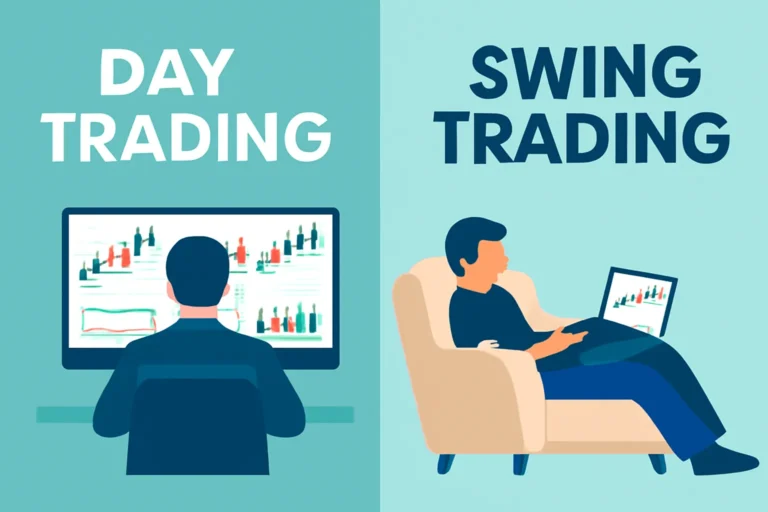
Day Trading vs Swing Trading: The Pros & Cons of Each
Choosing between day trading and swing trading is one of the first big decisions aspiring traders face. These two popular strategies differ not only in execution but also in lifestyle, risk, and profitability. Understanding the key differences between day trading and swing trading will help you make a smarter trading decision tailored to your personality and goals.
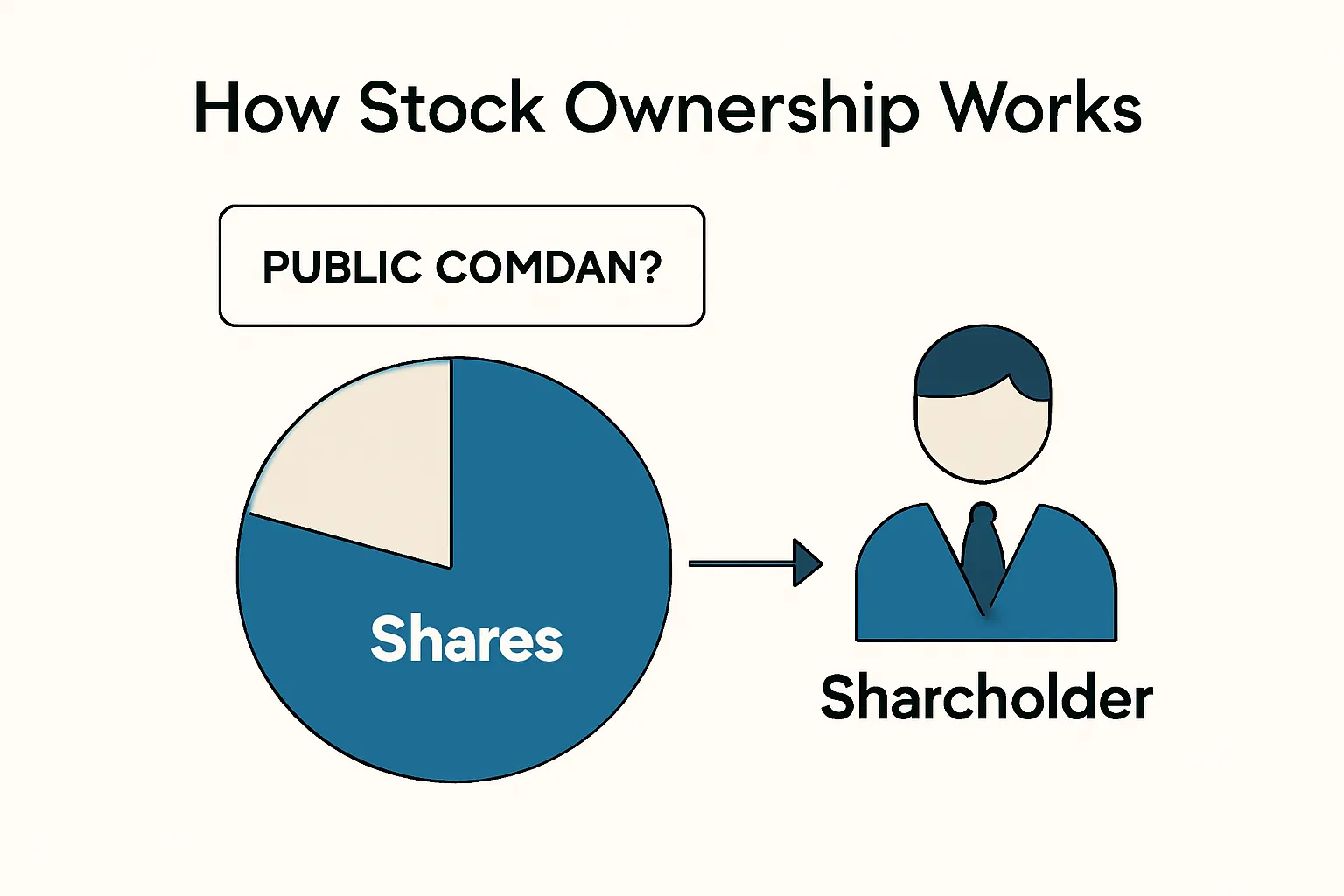
In this comprehensive guide, we’ll dive deep into the pros and cons, risk-reward ratios, time commitment, and real trader case studies. Whether you’re looking to trade full-time or part-time, you’ll find this guide tailored for both beginner and intermediate-level traders.
Day trading alerts and swing trading alerts can help you execute better decisions in real-time, but knowing which system suits your lifestyle matters even more.
What Are Day Trading and Swing Trading?
Day trading involves opening and closing positions within the same trading day. It requires constant monitoring of the markets and relies heavily on real-time technical analysis, price action, and volume indicators. Profits are made from small price movements across multiple trades.
In contrast, swing trading focuses on capturing price swings that play out over several days or even weeks. Swing traders analyze both technical patterns and fundamental trends to determine when to enter or exit positions. This strategy is more suited to those with limited time but a strategic mindset.
Meet John and Sarah
Throughout this article, we’ll follow two real-world examples:
- John – A full-time day trader who lives and breathes fast market action. He uses momentum and scalping strategies to profit from short-term movements.
- Sarah – A swing trader who balances a full-time job while building long-term wealth. She relies on support/resistance levels and market trends to position her trades.
Let’s begin by exploring how day trading works and what it takes to get started.
How Day Trading Works
Day trading is a fast-paced trading strategy where traders buy and sell stocks, options, or other financial instruments within the same trading day. The goal is to capitalize on small price fluctuations using high-volume trades and real-time analysis. For those wondering how to start day trading, it requires a deep understanding of technical analysis, discipline, and access to the right tools.
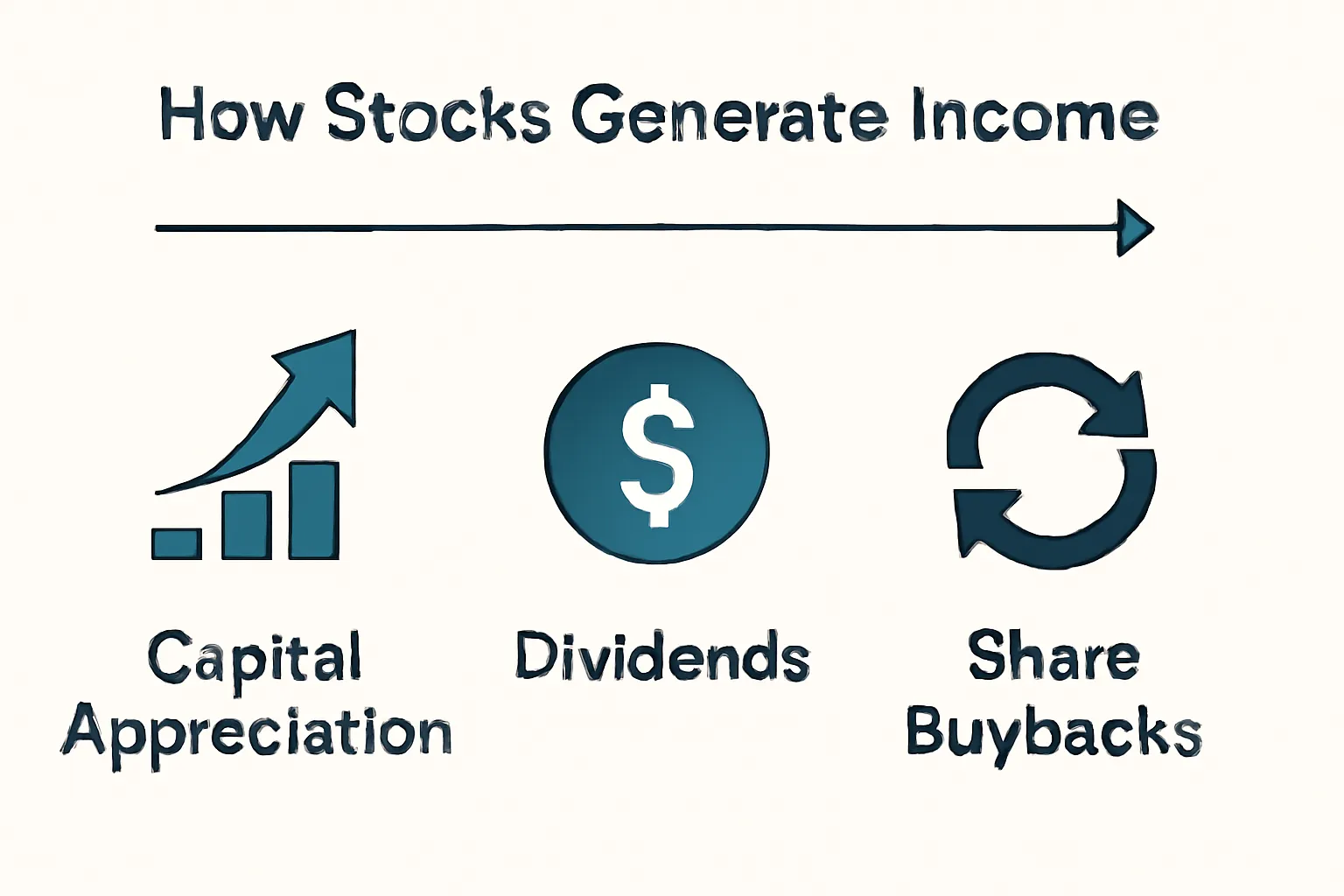
Day traders typically use chart patterns, volume analysis, moving averages, and momentum indicators to make rapid trading decisions. Common platforms used by day traders include ThinkorSwim, TradingView, and NinjaTrader. Many successful traders rely on day trading strategies that incorporate strict entry and exit criteria.
According to Benzinga’s Day Trading Guide, beginner day traders should practice on a demo account before risking real capital. It’s also important to track performance, develop a trading journal, and avoid overtrading—one of the top reasons new traders fail.
Core Requirements for Day Trading
- High-speed internet and reliable trading platform
- Market scanner for pre-market gappers and real-time movers
- Risk management tools like stop-loss orders and position sizing calculators
- Emotional control to avoid revenge trading or panic selling
John’s Day Trading Workflow
John, a full-time day trader, begins his mornings at 7:30 AM analyzing pre-market activity. He scans for high-volume stocks with recent news catalysts. By 9:30 AM, he’s executing trades with a focus on momentum setups. His average holding time ranges from a few seconds to 20 minutes. He uses a strict stop-loss policy and avoids trading after 11 AM when volume typically drops.
“I treat day trading like a business,” John says. “Every trade has to follow a plan. If it doesn’t, I walk away.”
If you’re exploring the best day trading strategies for beginners, start small, track your progress, and never risk money you can’t afford to lose. For full-time or part-time traders, day trading demands focus, discipline, and continuous learning.
How Swing Trading Works
Swing trading is a strategy designed to capture price moves over several days to weeks. Unlike day traders who exit positions before the market closes, swing traders aim to benefit from short- to medium-term market momentum. This makes it an ideal strategy for those balancing a job or school while still pursuing the markets.
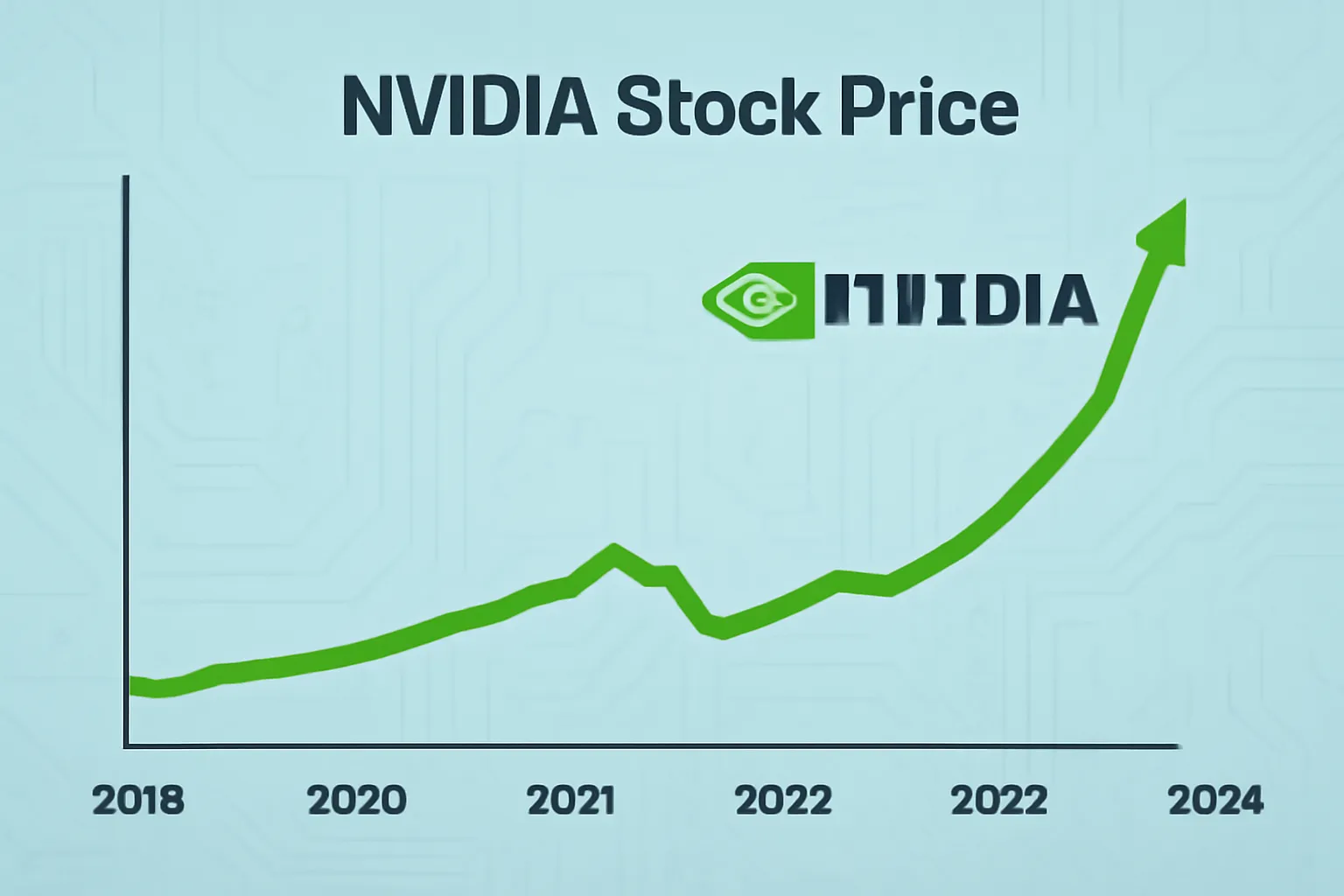
Swing traders use a mix of technical analysis and fundamental signals to time their trades. Popular indicators include moving averages, Fibonacci retracement levels, and RSI (Relative Strength Index). The idea is to hold a position long enough to capture a full price swing—without the stress of intra-day volatility.
Unlike day trading, swing trading offers more flexibility. According to Investopedia’s swing trading guide, it’s especially effective in trending markets where traders can ride waves of momentum. Many traders combine technical setups with earnings reports or macroeconomic news to confirm their entries.
Top Benefits of Swing Trading
- Less screen time compared to day trading
- Lower commission costs due to fewer trades
- More time for analysis and decision-making
- Potential for higher returns per trade due to longer holding periods
Explore proven swing trading techniques to find setups that work best for your style. Whether you’re looking to trade chart breakouts, trend reversals, or volume spikes, swing trading can offer a balanced risk-reward profile.
Sarah’s Swing Trading Strategy
Sarah, our featured swing trader, reviews charts nightly after work. She focuses on setups using support and resistance levels, often confirmed by bullish candlestick patterns or MACD crossovers. Her trades usually last 3–10 days, and she uses mobile alerts to monitor price activity during the day.
“I love that I can trade part-time and still grow my portfolio,” Sarah shares. “Swing trading fits my schedule and lets me focus on high-probability setups instead of watching the screen all day.”
If you’re considering swing trading strategies for beginners, start by learning basic chart patterns, create a watchlist, and track how market conditions impact swing setups. With time and discipline, swing trading can be a powerful tool for growing your account while managing risk.
Key Differences Between Day Trading and Swing Trading
If you’re choosing between day trading and swing trading, understanding the key distinctions can help you avoid wasted time and capital. Both styles can be profitable, but the commitment, strategy, and mindset required are very different.
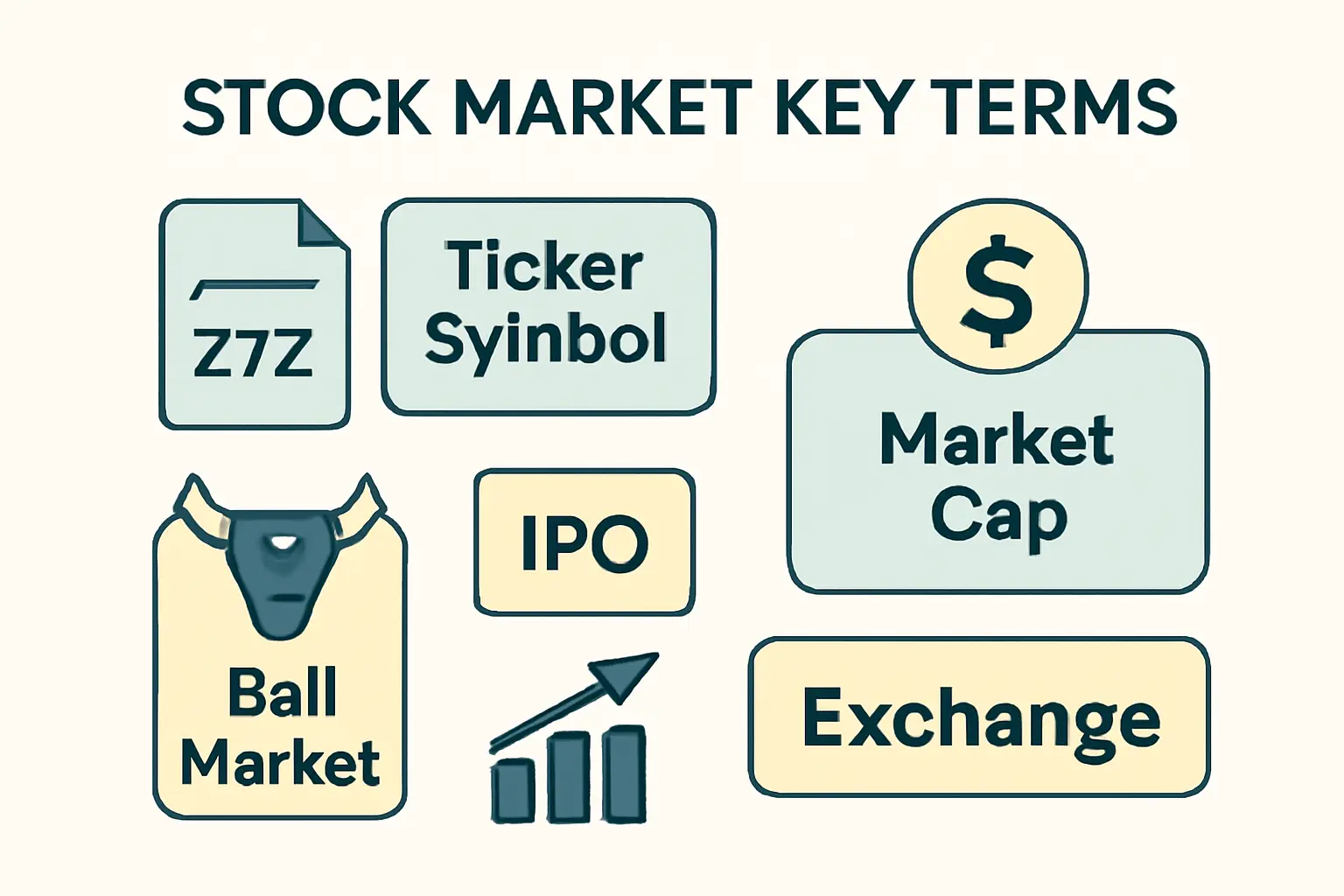
Here’s a detailed breakdown of the most important differences between day trading and swing trading:
| Factor | Day Trading | Swing Trading |
|---|---|---|
| Holding Period | Intraday (minutes to hours) | Several days to weeks |
| Time Commitment | Full-time (6–8 hours/day) | Part-time (30–60 mins/day) |
| Tools Required | Live charts, Level 2 data, fast execution | Charting tools, alerts, trend indicators |
| Stress Level | High (fast decisions, constant attention) | Lower (more time to analyze) |
| Typical Traders | Full-time traders, scalpers, high-frequency | Part-time traders, working professionals |
You can learn more about these approaches in our detailed guide on day trading vs swing trading.
According to NerdWallet’s comparison guide, swing trading tends to offer better balance for people with other responsibilities, while day trading appeals to those seeking higher frequency and control.
Quick Tips:
- Day Trading: Ideal if you thrive in fast-paced environments and can commit full-time.
- Swing Trading: Great for analytical thinkers who prefer slower decision-making and lower screen time.
FAQs: Day Trading vs Swing Trading
Q: Which strategy is more profitable?
A: It depends on your skill, risk management, and discipline. Day trading offers more trades, but swing trading allows for larger per-trade gains.
Q: Can I switch between the two?
A: Yes, many traders start with swing trading and move into day trading after gaining more experience and capital.
Q: Which is better for part-time traders?
A: Swing trading is typically better for those with limited time or a full-time job.
Time Commitment – Which Trading Style Fits Your Life?
One of the most important factors when choosing between day trading and swing trading is how much time you can dedicate to the markets. If you’re working a full-time job or balancing other responsibilities, your available screen time will play a huge role in determining the right strategy.
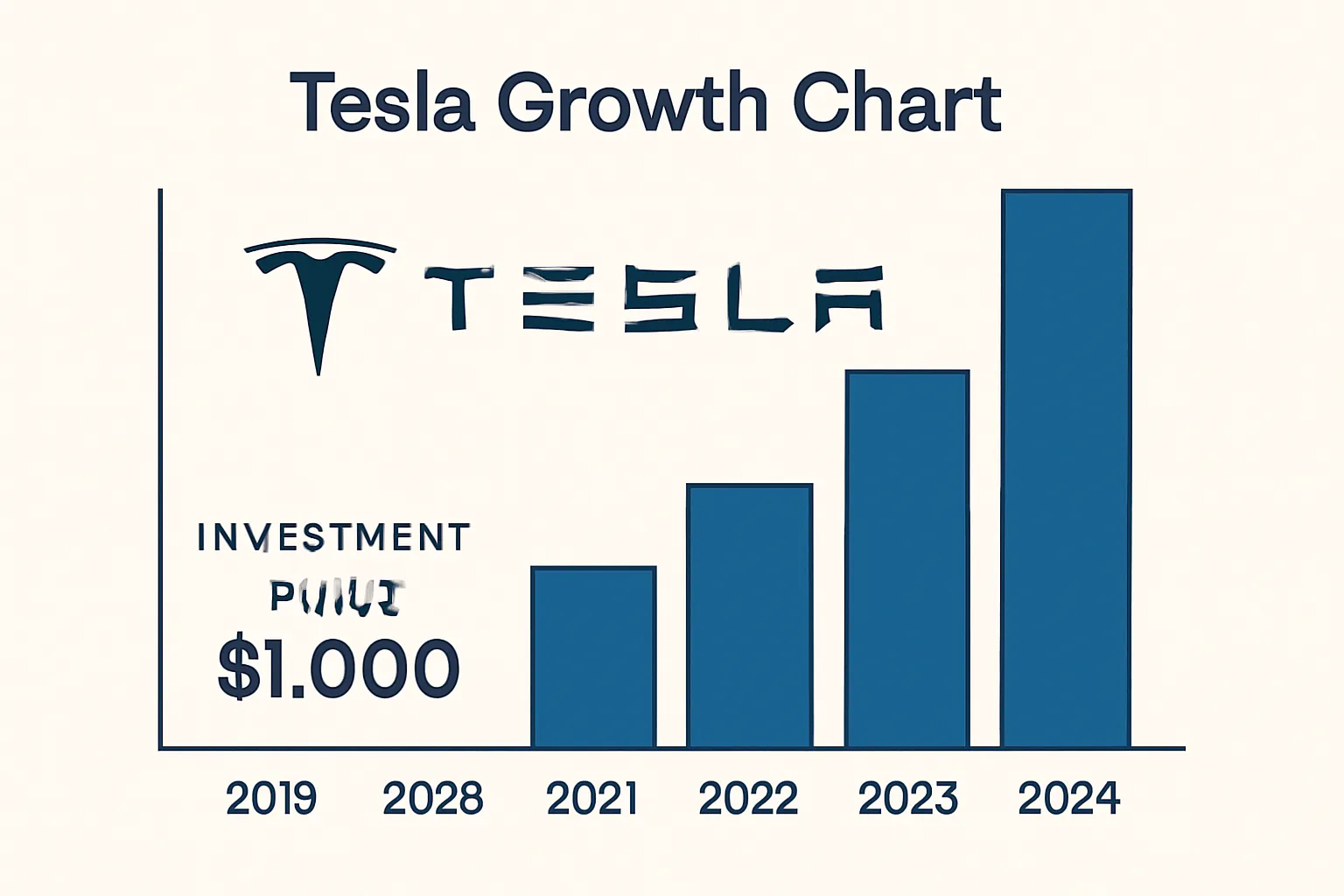
Day trading requires you to be glued to your screen during market hours—often from 9:30 AM to 4:00 PM EST. You’ll need to monitor multiple charts, react to sudden market shifts, and execute trades quickly. This means it’s often a full-time commitment, especially for beginners.
Swing trading, on the other hand, is far more flexible. Most swing traders spend 30 to 60 minutes each day reviewing charts, setting alerts, and planning entries. Since trades can last from several days to weeks, you don’t need to watch the markets all day.
If you want to see what a part-time swing trading schedule looks like, check out our active swing trading chat room, where professionals and hobbyists alike share strategies outside market hours.
When Time Is Limited, Strategy Matters
- If you have less than 1 hour per day – swing trading is likely the better fit.
- If you’re available during market hours – day trading may provide more profit potential, but also more stress.
- If you’re a night owl – you can analyze charts in the evening and set swing trade alerts for the next day.
Sarah’s Time-Saving Approach
Sarah, a full-time marketing manager and part-time swing trader, uses platforms like TradingView to set alerts on key levels. She checks charts for about 45 minutes after dinner, sets entry triggers, and only takes action when the market hits her conditions. This lets her manage trades without sacrificing her day job or personal time.
To explore how other traders balance time and trading, we recommend reading Traders Union’s article on lifestyle considerations.
At the end of the day, your time availability should guide your strategy—not just potential returns. A consistent routine, no matter how short, is far more effective than chasing trades during random free moments.
Risk and Reward in Day Trading
Day trading offers the potential for fast profits, but it also comes with significant risks. Without a solid plan and strict risk management, traders can lose money quickly. Understanding how to manage risk in day trading is just as important as knowing when to enter a trade.
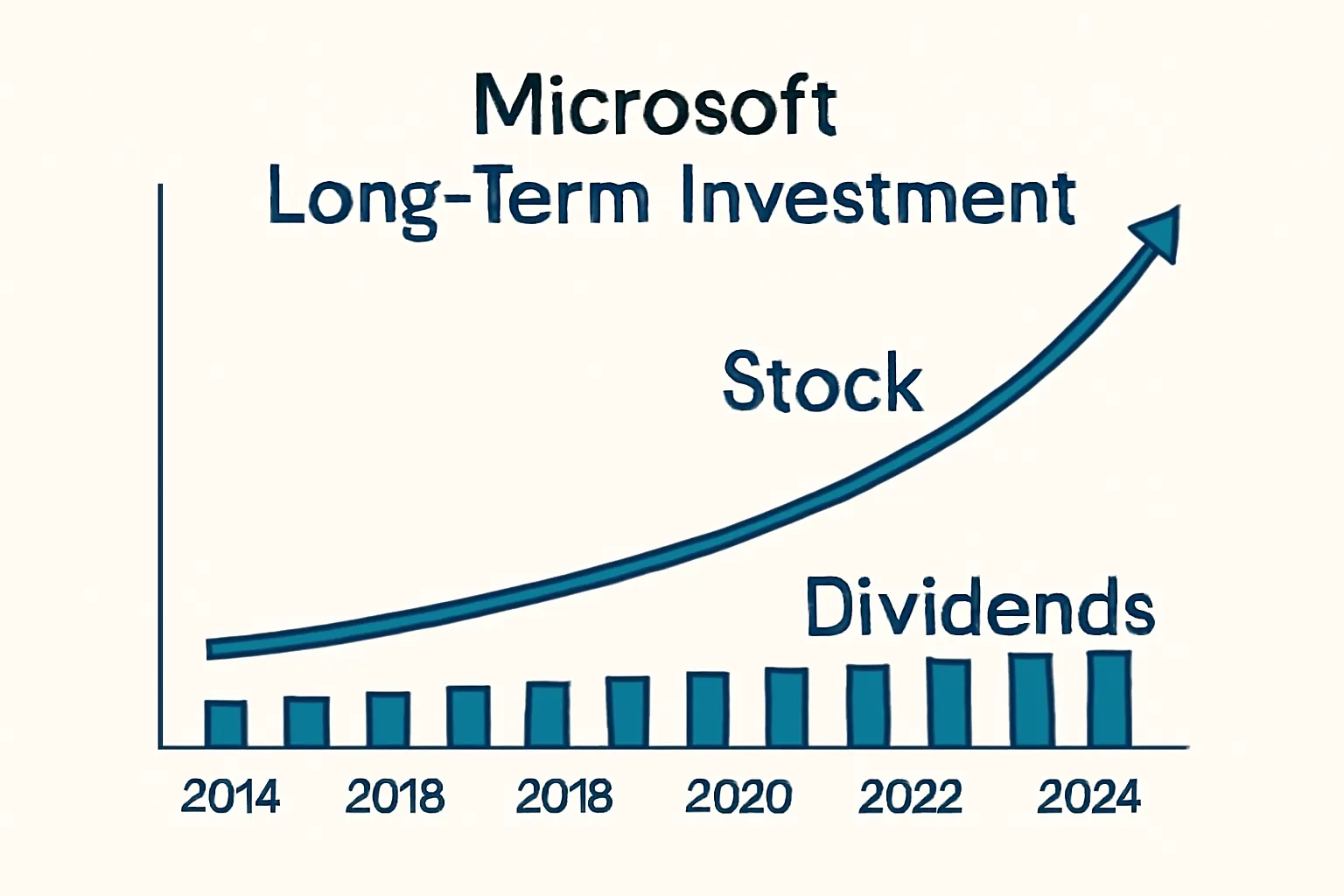
Day traders often deal with high volatility, rapid price changes, and tight windows for decision-making. That’s why having a well-defined risk-reward ratio is essential. A common rule of thumb is to aim for a 1:2 or 1:3 ratio—risking $100 to make $200 or $300 per trade.
John, our featured day trader, uses hard stop-loss orders on every trade. “Discipline beats excitement,” he says. “The second I ignore my stop, I turn into a gambler, not a trader.” This philosophy has helped him avoid large losses even on bad days.
According to the SEC’s day trading tips, risk can be amplified by margin accounts and over-leveraging. Many traders lose more than they deposit if they fail to use protective measures like stop-losses and position sizing tools.
How to Manage Risk Effectively
- Use predefined stop-loss and take-profit levels
- Limit capital risk to 1–2% per trade
- Stick to a tested day trading strategy without improvisation
- Avoid revenge trading after losses
- Track every trade in a journal to identify risk patterns
We dive deeper into this in our guide on how to make money from home with online trading, which emphasizes risk awareness over reward chasing. Mastering your emotions and having a plan for both success and failure is what separates long-term traders from short-lived gamblers.
John also keeps a post-it note on his desk: “Don’t predict—react.” This mantra reminds him to follow the market, not fight it.
Risk and Reward in Swing Trading
While swing trading is often viewed as less stressful than day trading, it’s not without its own risks. Holding positions overnight or over weekends exposes traders to gaps and unexpected news. That’s why smart swing traders rely on risk-reward planning, trend analysis, and solid entry confirmation strategies.

Swing traders typically risk 1%–2% of their capital on each trade and aim for a 1:2 or 1:3 risk-to-reward ratio. Since trades may last days or weeks, precise timing matters less than overall trend direction. Instead of reacting to minute-by-minute moves, swing traders position themselves to catch medium-term trends.
Sarah, our swing trader example, uses a simple risk management strategy: she sets her stop-loss below support levels and only enters trades with a clear confirmation candle. “I don’t need to be perfect—I just need to protect my downside,” she says.
She also uses alerts and trailing stops to adjust to market conditions. This helps her avoid watching charts all day while protecting profits once trades move in her favor.
Smart Risk Management for Swing Traders
- Use support/resistance zones to define stops and targets
- Calculate position size based on account size and trade risk
- Set alerts for key levels rather than monitor charts constantly
- Be cautious around earnings announcements or major economic news
Our article on swing trading methods explores more advanced entry tactics and risk approaches.
According to StockCharts’ risk management guide, successful swing traders balance the art of timing with the discipline of rule-based exits.
Quick Q&A: Swing Trading Risk
Q: Is swing trading safer than day trading?
A: Swing trading generally involves less stress and lower trade frequency, but it also includes overnight risk that must be managed carefully.
Q: What’s the biggest mistake swing traders make?
A: Many ignore stop-losses or let trades “ride” too long without a plan, which increases losses when trends reverse.
With the right tools and discipline, swing trading offers an efficient and strategic path for growing your trading account—without being glued to your screen.
John’s Day Trading Story – A Real Trader’s Routine & Lessons
Meet John, a 34-year-old full-time day trader who transitioned from a corporate sales job into the unpredictable world of trading. After discovering a passion for technical analysis and chart patterns, John took a leap of faith and never looked back. His journey shows that with discipline and strategy, it’s possible to turn day trading into a full-time career.

“I don’t gamble. I trade systems.” That’s John’s mantra. His daily process starts at 7:30 AM EST, scanning pre-market movers with high volume. He looks for stocks with news catalysts or gap patterns and pre-loads his watchlist before the opening bell. He uses proprietary strategies taught by mentors to structure each trade with strict rules.
Inside John’s Day Trading Routine
- 7:30 AM: Pre-market scan using volume filters and news feeds
- 9:15 AM: Charts marked with entry zones and stop-loss levels
- 9:30–11:00 AM: Active trading window (momentum trades only)
- 11:00–2:00 PM: Backtesting, journaling, strategy reviews
- 2:00–4:00 PM: Final trades or no trades if conditions aren’t ideal
His favorite tools include TradingView for multi-timeframe charts, a real-time Level 2 feed, and a hotkey-enabled broker terminal. “Speed and structure are everything,” he emphasizes. He sticks to 1–2 high-probability trades per day, often scalping breakouts or reversals based on VWAP and volume surges.
Lessons From the Front Lines
John’s early months were filled with overtrading and emotional errors. “I used to chase green candles and panic sell at red ones,” he laughs. “Now, I only enter when my setup is there—and I never risk more than 1.5% of my account on any trade.”
His journal is his most powerful tool. Every day, he logs entries, exits, setups, and emotional notes. “The data doesn’t lie,” he says. “My winning streaks always line up with calm, rules-based trading.”
If you’re inspired by John’s success, check out our collection of best day trading books to learn the same techniques that helped him go pro.
According to WallStreetZen’s real trading case studies, traders who journal and stick to a system dramatically improve their chances of long-term success. John is living proof of that.
Sarah’s Swing Trading Story – Balancing Life and Profit
Sarah is a 39-year-old project manager, mother of two, and part-time swing trader. While her schedule is packed with work, school runs, and dinner prep, she’s managed to build a consistently profitable swing trading routine—without sacrificing her lifestyle.

“I trade after the kids are in bed. That’s my time to plan and analyze,” Sarah says. Her swing trading strategy focuses on finding reliable technical patterns—often using support zones, breakout channels, or Fibonacci retracement levels.
Her trades typically last between 3 to 7 days. She places limit orders at night, and uses her phone for alerts and trade updates during the day. “I don’t need to stare at screens all day. I let the setups come to me,” she explains.
Sarah’s After-Hours Swing Trading Schedule
- 8:30 PM: Review watchlist using TradingView
- 9:00 PM: Analyze setups using RSI, MACD, and trendlines
- 9:30 PM: Place limit entries and stop-loss levels
- Next day: Use phone alerts to manage trades if triggered
Her approach to risk management in swing trading is simple but powerful: never risk more than 1% of her capital, always define exit levels before entering, and avoid overlapping trades that increase total exposure.
Sarah credits her success to keeping it simple. “I don’t chase stocks. I follow the plan,” she says. She also journals every trade using an Excel sheet to track profit, holding time, and emotional notes. “If I feel rushed or distracted, I skip the trade. My peace of mind is more important.”
You can find similar strategies in our feature on swing trading success stories, where part-time traders share how they fit swing setups into their busy lives.
For broader inspiration, check out MarketBeat’s swing trader profiles highlighting how professionals grow portfolios through patience and planning—not speed.
Pros and Cons of Day Trading vs Swing Trading
Choosing the right trading strategy depends on more than just potential profits. Understanding the unique benefits and drawbacks of each style will help you make smarter, stress-free trading decisions.

| Criteria | Day Trading | Swing Trading |
|---|---|---|
| Time Commitment | ❌ Full-time screen watching | ✅ Part-time, flexible hours |
| Stress Level | ❌ High (fast decisions, high pressure) | ✅ Lower (deliberate planning) |
| Trade Frequency | ✅ Multiple trades daily | ❌ 1–3 trades per week |
| Profit Per Trade | ❌ Smaller gains, but many trades | ✅ Larger per-trade profits |
| Tools Needed | ❌ Fast execution tools, Level 2 data | ✅ Charting software & alerts |
Summary of Key Differences
- Day Trading: Best for full-time traders who enjoy speed, intensity, and tight control. Ideal if you’re available during market hours and thrive under pressure.
- Swing Trading: Perfect for professionals, parents, or side hustlers who prefer planning and longer-term setups with less time stress.
Want a deeper dive? We break this down even more in our resource on trading for beginners, including tools, examples, and real-world comparisons.
You can also explore expert opinions in The Motley Fool’s trading strategy breakdowns, which highlight pros/cons based on personality type and risk tolerance.
As John puts it, “Day trading is a grind. If you love charts, great. But if you want freedom, swing trading gives you breathing room.” Sarah agrees: “I can live my life and still grow my account without rushing every tick.”
Key Takeaways: Which Strategy Is Right for You?
Whether you’re just starting out or looking to optimize your current approach, knowing the difference between day trading and swing trading is key to building a long-term trading strategy. Here’s a quick recap:
- Day Trading is ideal if you thrive in fast-paced environments, can commit several hours a day, and enjoy frequent market interaction.
- Swing Trading works best for those with limited time, who prefer to analyze in the evenings and make fewer, longer-lasting trades.
- Both require a solid trading plan, risk management, and consistent discipline.
- Choosing the right strategy depends on your schedule, stress tolerance, and financial goals—not just potential profit.
If you’re unsure where to begin, we suggest starting with our beginner’s guide to day trading or exploring swing trading alerts to monitor real trade setups.

Frequently Asked Questions
Which is more profitable: day trading or swing trading?
It depends on your skill level and capital. Day trading can offer faster returns but requires more time and emotional control. Swing trading offers bigger per-trade profits and is better suited for part-time traders.
Can you do both day trading and swing trading?
Yes, some traders mix both strategies—day trading for short-term setups and swing trading for broader trends. Just be sure to manage risk across both styles.
Is swing trading better for beginners?
Generally yes. It offers more time to think, less screen stress, and a smoother learning curve. Swing trading fits better with full-time jobs or family schedules.
How do I know which strategy fits my personality?
If you enjoy fast decisions and live market action, consider day trading. If you prefer planning, patience, and less frequent action, swing trading may be a better fit.
What tools do I need to get started?
Both strategies require a reliable broker, charting platform (like TradingView), and risk management rules. Day traders also need fast execution and Level 2 data, while swing traders can use alerts and daily timeframe charts.